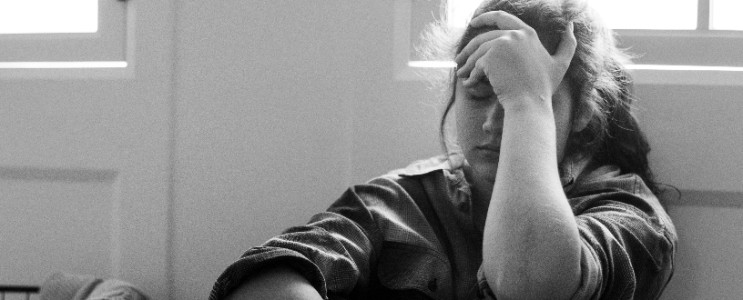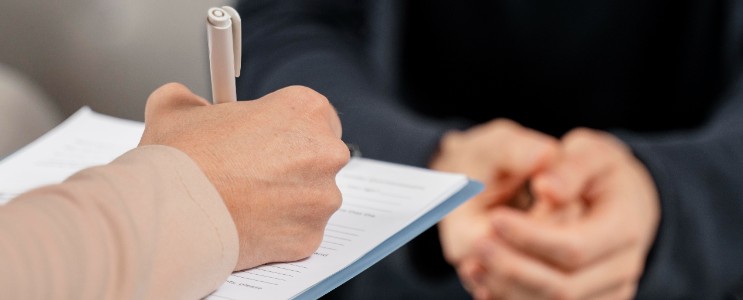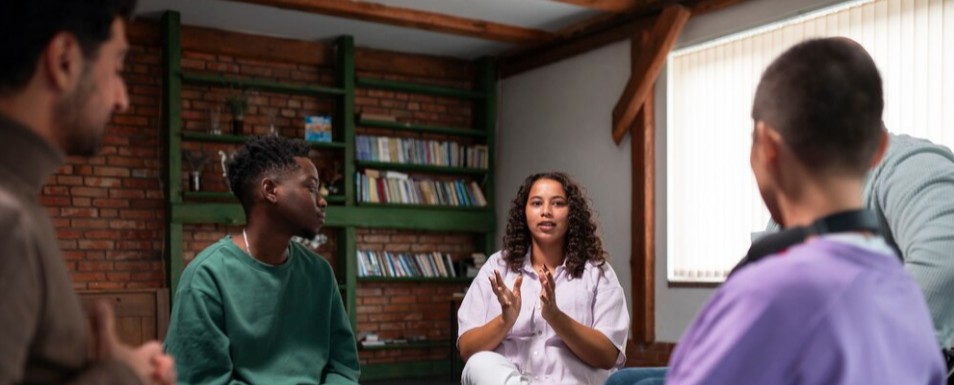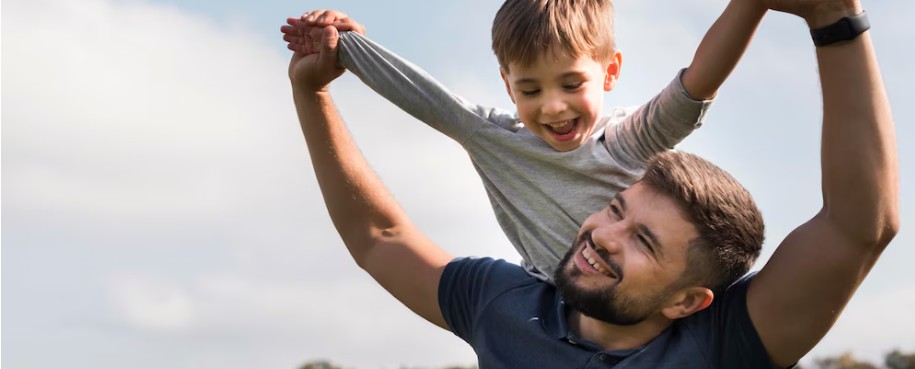
Learn to Read 7 Different Body Language Cues

Have you ever wished you could read people's minds? Well, reading their body language is the next best thing! When it comes to understanding others, body language is key. Whether you're trying to get a read on your boss's mood or trying to decipher how your date really feels about you, paying attention to nonverbal cues can give you some insight into what someone else is thinking or feeling. In this blog post, we will discuss seven body language cues that can help you read others to understand them better.
Mehrabian and Body Language
Albert Mehrabian, Professor Emeritus of Psychology at the University of California, Los Angeles is well-known for his research on body language and its role in communication. He helped shed light on the importance of nonverbal communication and has shown that body language accounts for a large percentage of the meaning we derive from messages. In fact, according to Mehrabian's research, 55% of the meaning we derive from a message comes from body language, 38% comes from the tone of voice, and only 7% comes from the words themselves.
This means that when we're trying to communicate with others, it's essential to pay attention to more than just the words we use.
Are you ready to start understanding others better? Here are seven body language cues to look for -
Eye Contact
- When someone is interested in what you are saying, they will generally face you directly and maintain eye contact. If someone is averting their gaze or looking around the room, it's a good indication that they are not engaged in the conversation.
- Posture How someone is standing or sitting can tell you much about their state of mind. If someone is slouching or hunching over, it's usually a sign that they are feeling tired, uncomfortable, or even bored. On the other hand, if someone is standing up straight with their shoulders back, it's a good indication that they are feeling confident and engaged
- Clenched Jaw A clenched jaw can be a sign of stress, anger or even anxiety. If you notice someone clenching their jaw while they are talking to you, it may indicate that they are feeling tense or uncomfortable.
- Proximity If someone is standing close to you, it's usually a sign that they are interested in what you are saying and want to be closer to you.
- Touch Touch can be a great way to build rapport and show interest, but it can also be a sign of discomfort. If someone is touching their face, neck, or arms while they are talking to you, it's usually a sign that they are feeling nervous or uneasy.
- Exaggerated Nodding Nodding is a way of showing agreement, but sometimes people will nod excessively in an attempt to seem interested.
- Crossed Hands or Legs People who are feeling uncomfortable or anxious may cross their arms or legs in an attempt to create a physical barrier. If you notice someone crossing their arms or legs while they are talking to you, it may mean that they are not interested in what you're saying and may be trying to distance themselves from you.
Now that you know what to look for, here are three tips on how to use these cues to communicate more effectively -
- Pay Attention to How You're Using Your Body Language
- Are you making eye contact? Standing up straight? Smiling? These are all nonverbal cues that can impact the way your message is received.
- Observe and Make Adjustments
- If you notice that the other person is not interested in what you're saying, try to change the topic or make some adjustments to your body language.
- Remember Everyone is Different
- Keep in mind that body language is just one way to read someone. It's important to consider other factors, such as tone of voice, words used and context, when trying to understand what someone is saying. Just because someone isn't making eye contact or smiling doesn't necessarily mean they are not interested. Some people may be more reserved than others. If unsure, always give the person the benefit of doubt.
By paying attention to these cues, you will be able to better understand how others are feeling and adjust your communication accordingly. With practice, you can become a pro at reading body language and use it to your advantage.
Articles
Build your awareness and get inspired with our researched articles on how you can strengthen your well-being
Popular Topics
An OTP has been sent to the email address
provided.
Please check your Inbox and Spam folders.

What Would You Like to Speak with a Specialist About?
Mental Fitness Journey starts Now!
Chearful Connects you with Top-tier Qualified Wellness specialists for the Price of a cup of Coffee!

Next Steps
- A Client Team member will reach out to you to schedule a session with the most suitable specialist.
- You will receive an email with a 10% Discount Code* for your 1st session.
- We invite you to Explore the Platform & Sign Up today! *Upto a maximum of $10 discount on a session purchased



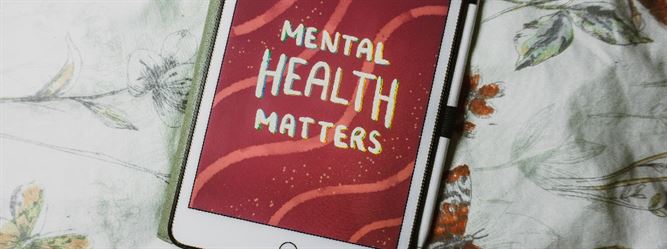
 3044 Read
3044 Read
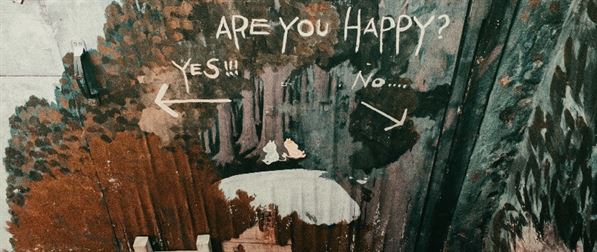


.jpg)
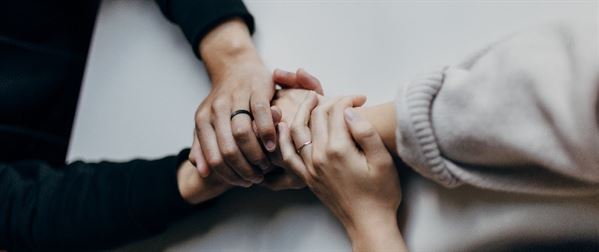





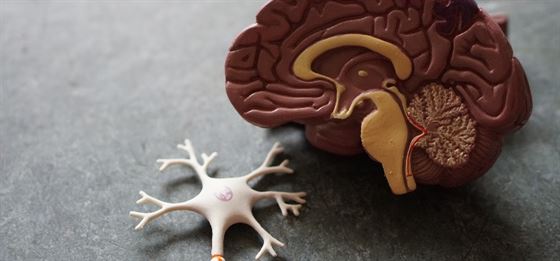
.png)
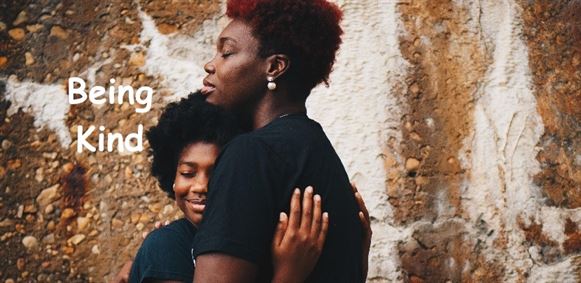
.jpg)

.jpg)

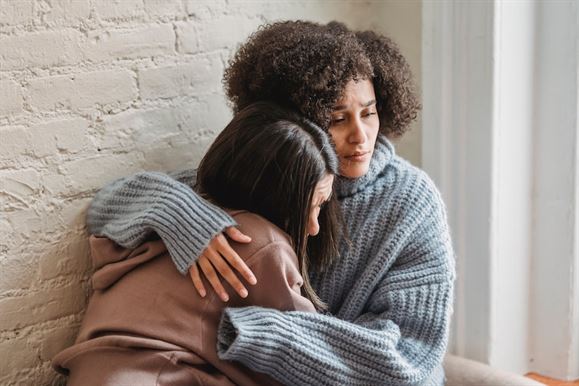
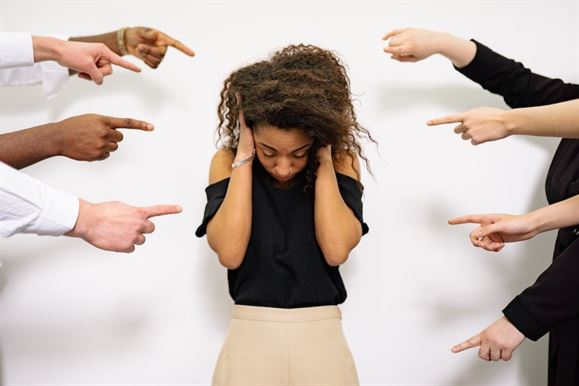

.jpg)


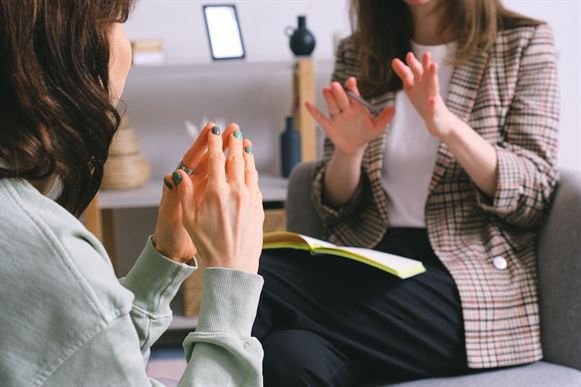
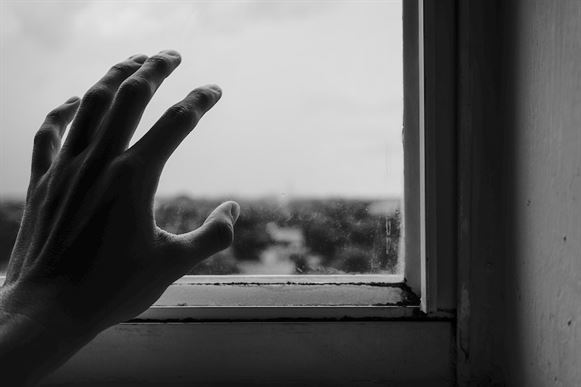



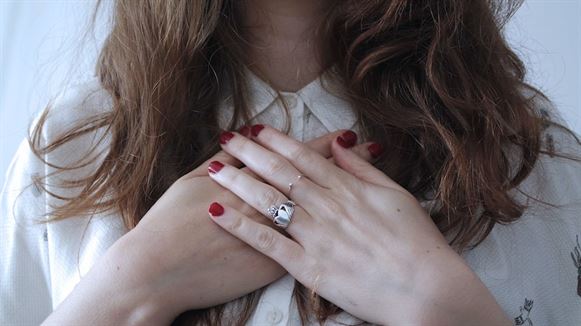


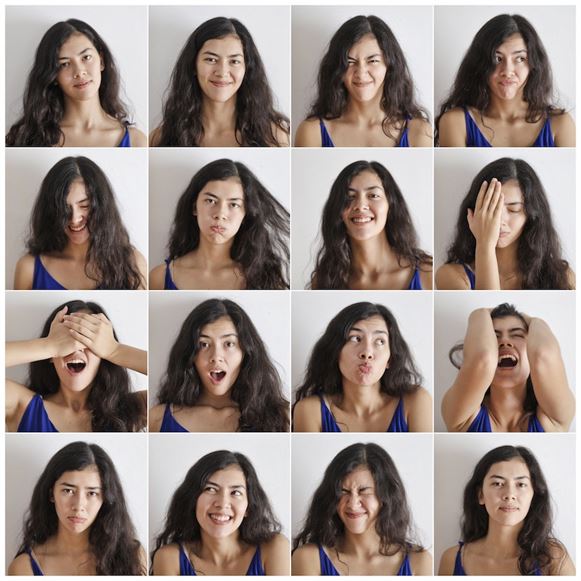





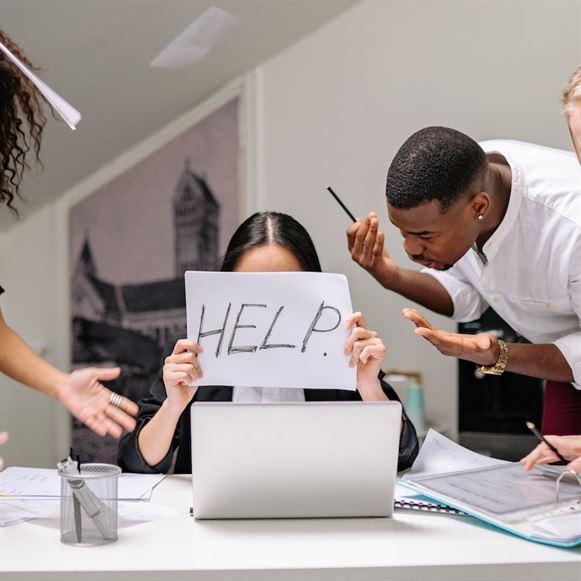



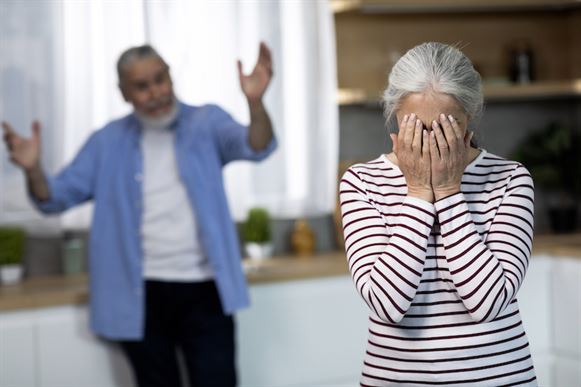

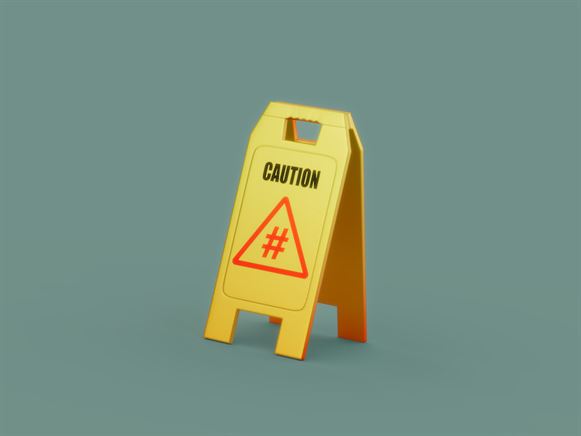

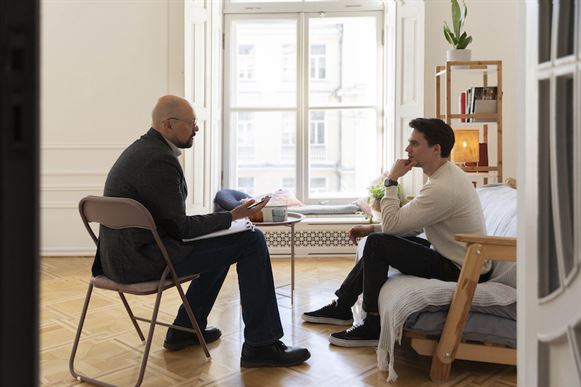

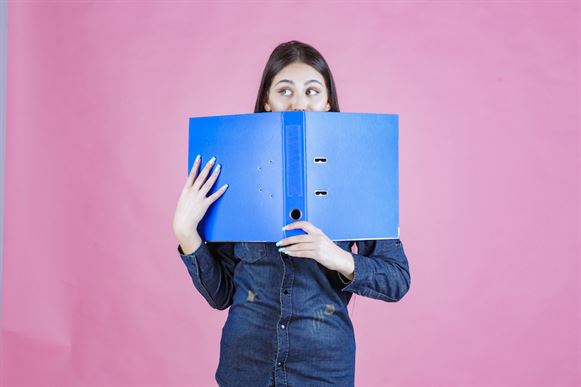
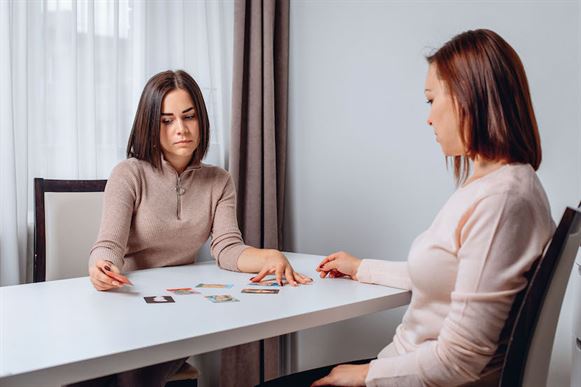

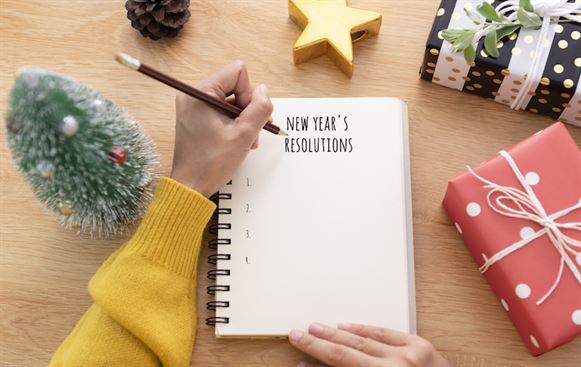


.jpg)
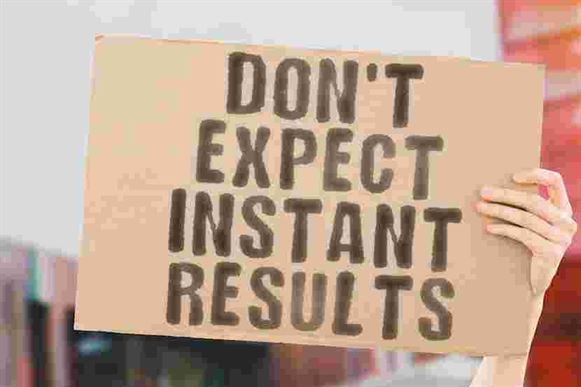
.jpg)










